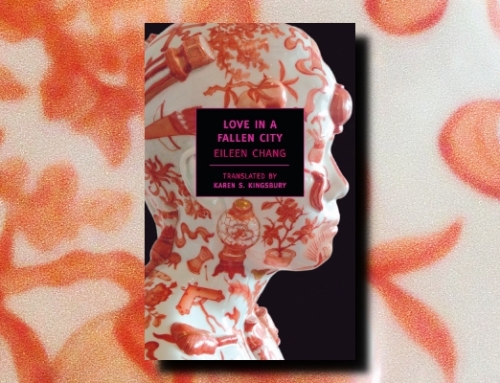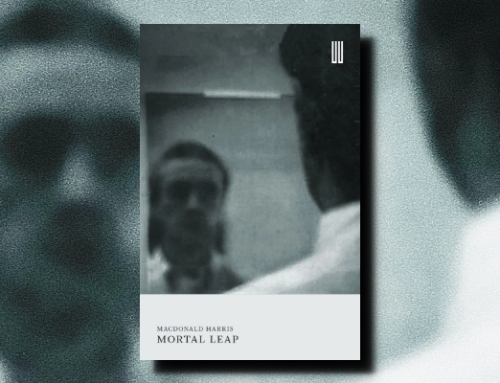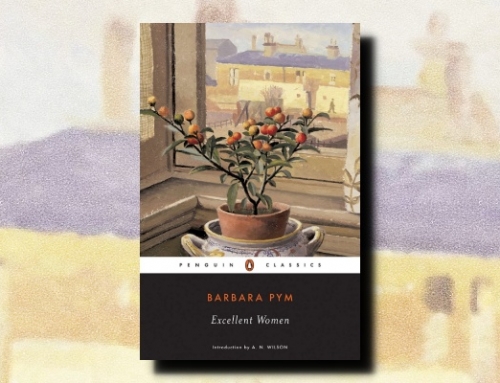A Wreath for the Enemy
by Pamela Frankau (1954)
Virago (2008)
268 pp
 In their episode on Barbara Pym’s Excellent Women, Backlisted favorably mentioned Pamela Frankau’s A Wreath for the Enemy as sitting somewhere between I Capture the Castle and Tender Is the Night. I had never heard of the book or of Frankau. I was intrigued by the title. What was the impetus for the offering? And what kind of offering is this wreath? Is the enemy dead? Is the offering honest or pernicious? It caught my ear, so I sought it out and was met with a strange, fascinating novel that gives us a young woman who begins the book at fourteen writing her Anthology of Hates and ends the book at nineteen writing this very book, the symbolic wreath for the various people who, from certain perspectives could be seen as Penelope’s enemies.”
In their episode on Barbara Pym’s Excellent Women, Backlisted favorably mentioned Pamela Frankau’s A Wreath for the Enemy as sitting somewhere between I Capture the Castle and Tender Is the Night. I had never heard of the book or of Frankau. I was intrigued by the title. What was the impetus for the offering? And what kind of offering is this wreath? Is the enemy dead? Is the offering honest or pernicious? It caught my ear, so I sought it out and was met with a strange, fascinating novel that gives us a young woman who begins the book at fourteen writing her Anthology of Hates and ends the book at nineteen writing this very book, the symbolic wreath for the various people who, from certain perspectives could be seen as Penelope’s enemies.”
The main character is Penelope Wells. She is writing this book at age nineteen. Here is how the book begins:
I sat still at the table, with the blank paper before me. I went back; I remembered; I thought my way in. It was the sensation of pulling on a diver’s helmet and going down deep.
Presently, on the sea-floor, I began to find lost things; to raise the moods that were mine when I was fourteen years old, sitting in this garden, writing my Anthology of Hates.
I would begin there.
We then are swept to the French Riviera where fourteen-year-old Penelope lives at a hotel owned by her intellectual father and step-mother. Penelope herself looks at the world and its people from an intellectual perspective. She’s quite brilliant and inquisitive. She speaks in a way that confounds adults who still think it’s cute. She knows she’s different, set apart, and she doesn’t like it. As she says to another character later on in the novel:
“In my youth,” I said, “I had an overwhelming passion to be like other people. Other People were a whole romantic race, miles beyond my reach.”
She is attracted to the Bradleys, a small English family on holiday with two children, Don and Eva, who are roughly Penelope’s same age. She pines for their mediocrity, though she might not frame it that way. She bristles when her father makes fun of them, not necessarily because of their mediocrity but because they lack imagination and accept the world as simple because it benefits them. Any threat to this simple world is met with defenses. The parents invite Penelope to play a lot, but it becomes clear later that they disapprove of her life in the hotel and hope to offer her something different, if only for a little while.
The next section takes us to England a few years later. Don Bradley is now 17. After the traumatic events that cap off the first section, Don has vowed never to leave someone or something in need. He takes care of animals and people alike. At school Don has befriended an older, disabled teacher named Crusoe Raines who approves of him and pushes him to examine his motives as well as the motives of others, including his parents. In their discussions, Don has been forced to consider more than he’s had to before: “That religion could be adult, philosophical and intellectual was disturbing. Much as it fascinated me, I was sure that my parents would disapprove profoundly.”
I will admit that by the time I got to this section, I forgot that this is Penelope’s work. Don is the first-person narrator now in the book Penelope is writing. Not only is Don presented as attempting to think more clearly about the world and his role in it, but Penelope is trying to comprehend Don.
We do get back to Penelope (and a few others) in the final, longest section of the book. Penelope is nineteen. She’s given up writing her Anthology of Hates and thinks she hates no one. She’s about to be tested on multiple fronts. “That hurt. Oh, and how little I wanted to be one of the Hurt. I had not asked for any of this.”
Penelope, and her characters, work through the pains life inflicts over and over, and Penelope is wiser but still grappling with this at the end, when she sits down to write this book, taking us right back to the start. The book, then, beautifully circular, is not quite but could be similar to an act of atonement: literature as a way of reaching out and making amends when no such amends are possible in real life. This is a precursor, then, to both So Long, See You Tomorrow and Atonement, and one I think is very successful.









It´s easy to understand that there is partly autobiographical base to this story about a precocious girl who lives and attends school in France longing for her English peers.
Frankau´s background was an artistic and literal family and by the age of 21 she had already published three novels and a book of short stories and went on as a very prolific writer from 1927 to 1939. Actually she had two literary careers with a WWII break of about 10 years.
Her intriguing personal history recalls the old saying of how to become a writer you have to live a life of a writer.
Thank you Trevor for introducing this simply but wonderfully written innovative novel.